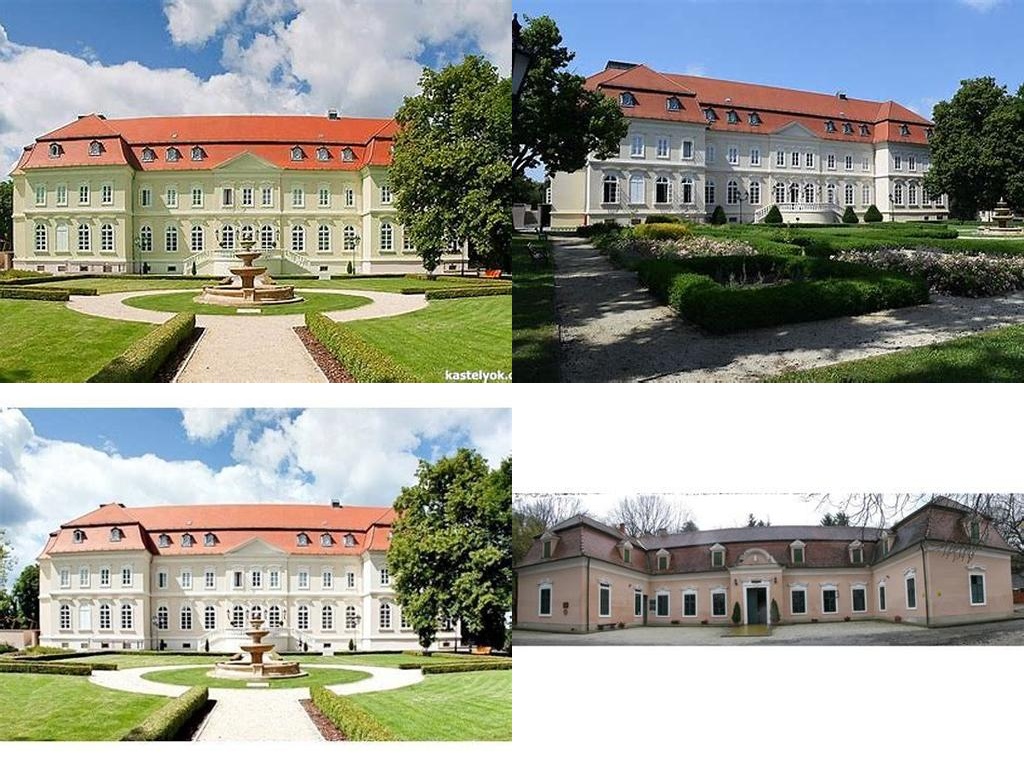
Erdődy-Pallavicini-kastély in Szilvásvárad is one of those rare places where time seems to slow down, and every stone seems to have a story to whisper. Nestled on the edge of the pristine Bükk National Park in northern Hungary, the castle stands as an understated yet dignified witness to centuries of history, cultural shifts, and quiet grandeur. Passing through the wrought-iron gates and beneath the centuries-old trees, visitors quickly realize that this is not just another grand estate, but rather a portal into a complex and varied past.
The origins of the castle are woven into the fabric of Hungary’s ever-changing aristocratic landscape. The earliest roots reach back to the late 19th century, when this part of Hungary was experiencing both political and economic transformation. The estate’s story intertwines with the aspirations and ambitions of the Erdődy and later, the Pallavicini families—two names resonant in both local history and the broader narratives of Central Europe. The property first gained distinction under the ownership of Count Ödön Erdődy, who commissioned its construction. However, what visitors see today primarily reflects the vision of the Pallavicini family, who acquired the castle at the turn of the century and left a stylish, lasting impression. Walk through the castle’s rooms, and you’ll sense their influence not just in architecture, but also in the carefully preserved family portraits, the stately staircase, and the original furnishings that mix neoclassical confidence with Austro-Hungarian elegance.
Beyond its architectural beauty, the castle’s charm is also deeply connected to its natural surroundings. Set amid a sprawling park, the grounds are home to a remarkable collection of rare trees—linden, sycamores, and even ancient ginkgos—creating a green oasis where the seasons put on a dramatic show. Spring sees the gardens bursting with blossoms, while autumn cloaks the park in a medley of gold and copper. Those keen to explore will find winding pathways leading past serene ponds and secret benches. For generations, the estate has served as a beloved backdrop for leisurely strolls and summer picnics; today, it’s an ideal spot for anyone seeking either peaceful contemplation or a gently immersive walk into history.
Stepping inside, the atmosphere is simultaneously grand and inviting. Unlike many castles that have been heavily renovated or modernized, Erdődy-Pallavicini hides few of its original details. Ornate stucco ceilings, parquet floors that have gently creaked under the feet of aristocrats, and sun-drenched salons evoke an age when conversation, music, and artistry mingled easily. For those interested in the specifics of Hungarian nobility, the castle offers a rare chance to connect with the heritage and lifestyle of the country’s elite—a life that is at once familiar in its comforts, and distant in its traditions. Occasional exhibitions and concerts held inside the premises serve as a gentle reminder that the castle is not merely a relic, but a living presence within Szilvásvárad’s modern community.
No visit to Erdődy-Pallavicini-kastély is complete without a wander through the stables and grounds, perhaps most notably the famous Szilvásvárad Lipizzaner Stud, whose history is inseparable from that of the castle itself. The Lipizzaners—known for their beauty and intelligence—have been bred here for generations, and seeing them roam the meadows is a uniquely graceful spectacle. If you’re lucky, your timing might coincide with one of the horse shows, or even a quiet moment when the distant clip-clop of hooves accompanies the wind rustling through ancient trees.
The village of Szilvásvárad is less than two hours from Budapest, making this a feasible—and tempting—destination for a day trip or a longer stay. Pairing the tranquility of the castle with the wild beauty of the nearby Szalajka Valley, visitors are rewarded with more than just architectural beauty; the experience becomes a meditative immersion in landscape and history. Beyond the well-known tourist paths, Erdődy-Pallavicini-kastély offers the kind of living heritage that can only be found in places where local care and memory carry equal weight with national storytelling.
So, if you find yourself craving the unexpected, the understated, and the quietly magnificent, Erdődy-Pallavicini-kastély deserves a spot on your personal map. Come for the history, and stay for the serene conversation between stone, tree, and memory—a continual reminder that some treasures, no matter how tranquil, are best experienced in person.





